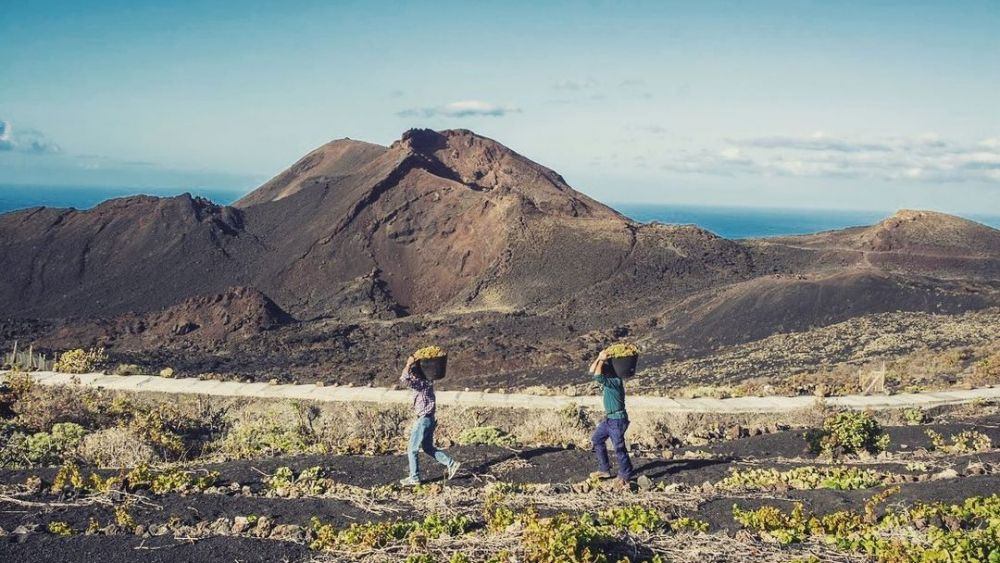
31 Jan Vineyards buried by volcano believed to be recoverable
The Universitat Rovira i Virgili (URV) is confident that it will be able to recover centuries-old vineyards on La Palma, as a genetic study had begun before they were buried under the lava or ashes of the Cumbre Vieja volcano.
According to data from the Regulatory Council, the Cumbre Vieja volcano devastated around 40 hectares of vineyards registered in the DO Vinos La Palma. However, four months before the eruption of the volcano, the Island Regulatory Board and the Department of Agriculture of the Island Council agreed to initiate a genetic study of vine varieties, according to the Rovira i Virgili University (URV).
The aim was to find new local varieties and variations (mutations) of certain varieties adapted for centuries on La Palmawhich may be in danger of extinction, and thus preserve their viticultural heritage.
This research, like those already carried out in the islands of Lanzarote, La Gomera, El Hierro and FuerteventuraThe researcher was commissioned to Francesca Fortof the group Oenological Technology (TECNENOL) of the URV's Department of Biochemistry and Biotechnology. The aim was to select varieties considered to be rare or unknown and old varieties of strains of more than 100 years or grafted from centenary individuals from 90 samples, of which a total of 70 have reached the URV.
Thirteen of the samples - owned by five winegrowers, eight of them centuries old - are from vineyards now buried under lava or ash from the volcano, and although they are "irretrievable", Font points to a "very small hope". Like the samples of vine shoots and their yolks are preserved frozen in the laboratory, they could be recovered "from the meristematic cells of these structures using in vitro techniques", says the researcher.
An exceptional range of varieties
In spite of this, "we are hopeful that they will be able to recover, everything will depend on the will of the winegrowers and the aid that arrives", explains Adalberto Martín, president of this DO. In this area affected by the eruption, the majority of the grape varieties grown were the white listan (palomino fino), negramoll (mollar cano), and to a lesser extent the malvasia from La Palma.
In addition, the local variety that is only found on La Palma called sabro and the white strangerThe research also does not rule out the possibility that there are new varieties, i.e. individuals that have not been catalogued. Fort, with the results of the research carried out so far, assures us that the number of local varieties in the Canary Islands "is unusual in other parts of the world".
El Hierro is the most biodiverse vineyard island in the archipelago, with six local varieties: pinar negro, seis de Carlos, tesoro blanco, uval negro, uval piñero, uvalero volcánico and probably also white cabinet y plain mulatto. A colour mutation has also been found in a local white Canarian variety, the pinkish-green and another sample at the limit of what is defined as a mutation or new variety, "all of this on 124 hectares of vineyard surveyed", says the researcher.
Source: https://www.huleymantel.com/

